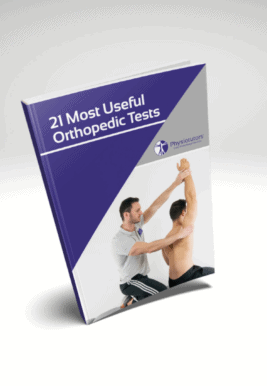Learn
Valsalva Maneuver | Cervical Radicular Syndrome Assessment
The Valsalva maneuver increases the intraspinal pressure which in turn can exacerbate neuropathies or radicular pain.
According to Wainner et al. (2003), it has a sensitivity of 22% and a specificity of 94%in the detection of Cervical Radicular Syndrome. It can therefore be used to increase the post-test chance of having cervical radiculopathy but still has a rather weak clinical utility as a stand-alone test.
To perform the test have your patient in sitting position. Then ask your patient to take a deep breath and hold the breath while attempting to exhale over a two to three-second period with gradually increasing force. Some people might find it easier to blow against the back of the hand or think of bearing down as in performing a toilet procedure or equalizing ear pressure during diving.
This test is positive if the patient’s arm pain or paresthesia is reproduced.
Other common tests to assess cervical radicular syndrome are:
21 OF THE MOST USEFUL ORTHOPAEDIC TESTS IN CLINICAL PRACTICE

Like what you’re learning?
BUY THE FULL PHYSIOTUTORS ASSESSMENT BOOK
- 600+ Pages e-Book
- Interactive Content (Direct Video Demonstration, PubMed articles)
- Statistical Values for all Special Tests from the latest research
- Available in 🇬🇧 🇩🇪 🇫🇷 🇪🇸 🇮🇹 🇵🇹 🇹🇷
- And much more!








